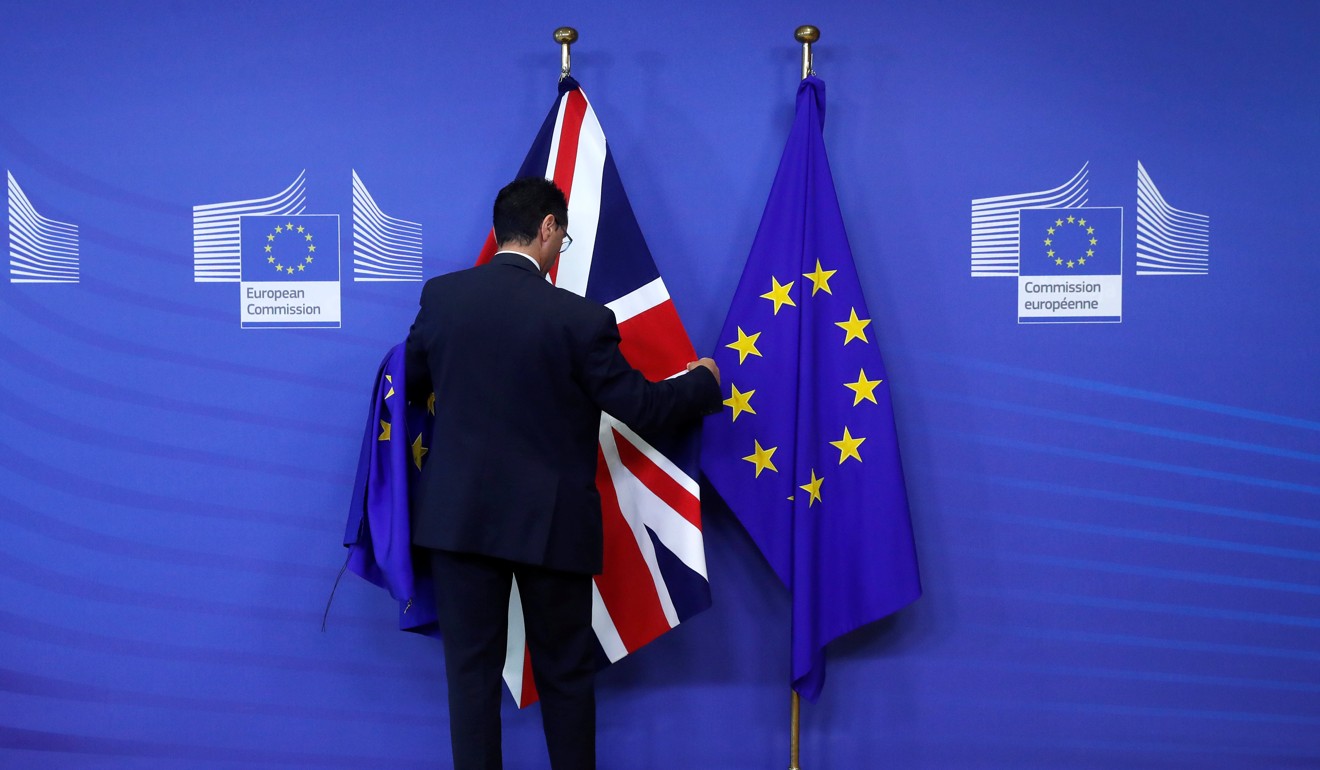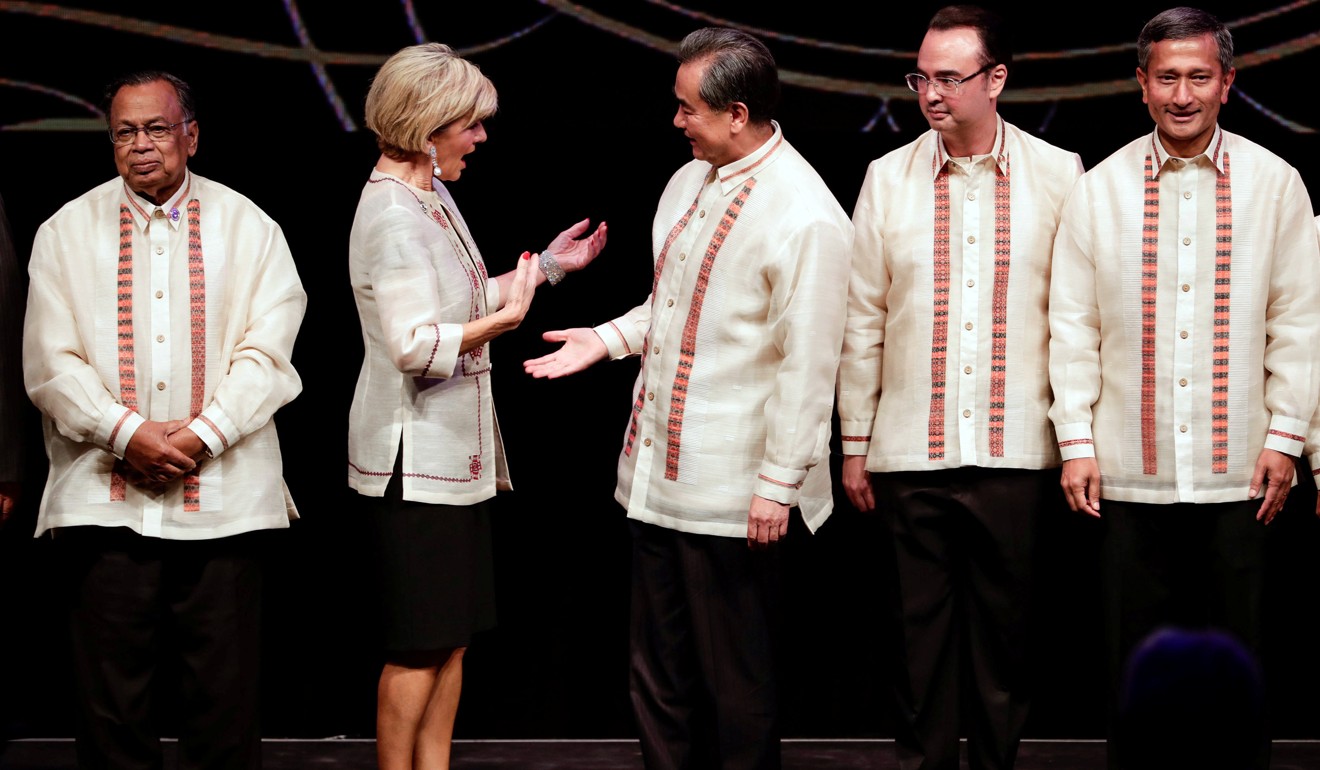
Asean at 50 is a model that has aged surprisingly well
Edith Terry says some of the grouping’s traits once seen as weaknesses – its lowest-common-denominator approach, for one – hold up well today amid disappointment with the Bretton Woods institutions
Thanat wrote a few months after the organisation signed its first free trade agreement in January 1992. The original Asean FTA is now morphing into a “regional comprehensive economic partnership”, layered on top of individual Asean trade agreements with China, Korea, Japan, Australia, New Zealand and India. RCEP covers nearly half the world’s population and includes its most dynamic economies. Although it is sometimes described as China-led, the history going back to the early 2000s is of Asean steering a course between major powers to offer a package that brings the most countries together at the least cost in terms of changing their systems. This lowest-common-denominator approach is Asean’s signature.

Unlike the World Bank, IMF or UN, Asean doesn’t have an equity structure that gives richer members more say. Instead, Asean calibrates its dues to the ability of its poorest members to pay, starving the secretariat but reassuring its least wealthy members that their voices will be heard. That is a strong contrast to the jockeying that goes on through membership contributions to the Bretton Woods institutions, which go along with voting power if not titular leadership (which goes to the US and European powers).
Happy birthday Asean, we have downplayed you for far too long
Asean rarely celebrates itself, and critics have long predicted its imminent demise, but there are at least three reasons to consider its model.
First, Asean has made a virtue out of diversity – economic, political and social. The secretariat went to Indonesia, which in 1967 had a per capita gross domestic product of US$922, and was the poorest of the five founding members. Its ethos is based on addressing economic inequality as well as poverty alleviation and growth. As a result, it has paid lip service to liberal economic reforms while allowing members to opt out of any proposed reform that was too much for them, an approach dubbed “10 minus X”, or sometimes “two plus X” for members that want to adopt progressive policies ahead of the rest. Instead of insisting on common standards, Asean assumes uneven capability and economic gradualism.
50 years on, the South China Sea stands between Asean and ‘one community’

Second, Asean’s anti-colonial DNA reassures the weaker members that they can better resist domination by major powers by sticking together, which is why the Asean logo is a bundled sheaf of rice stalks. As Asean expanded its membership in the 1980s and 1990s, it added Brunei (1984), Vietnam (1995), Laos and Myanmar (1997) and Cambodia (1999), despite various flaws including human rights violations, military or strongman governments, and Brunei’s sharia-based monarchy.
Why China and the US cannot afford to ignore Asean
Third, although Asean rejects lockstep liberalisation, it carries forward the legacy of the Bretton Woods institutions, of social justice, fairness and multilateralism, which is far too valuable to be lost. Asean is holding together where the Bretton Woods institutions are losing their credibility. It is wary of being held hostage to outside powers, whether the US, Japan or China. And, strangely enough, at its 50th anniversary, it is being courted by all three.
Edith Terry is an adjunct professor at the Hong Kong University of Science and Technology and author of How Asia Got Rich

